News
-
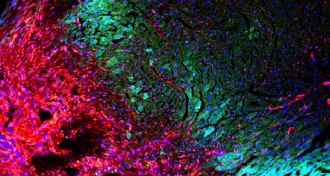 Life
LifeMice lack stem cells in the heart needed for self-repair
Adult mice hearts have no stem cells, a study finds. The same may be true for people, and that’s not welcome news for those who’ve had a heart attack.
-
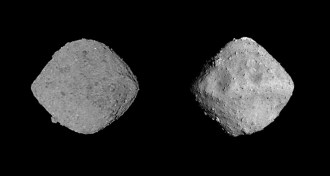 Astronomy
AstronomyBennu and Ryugu look like spinning tops and scientists want to know why
The first high-resolution images of Bennu confirm that the asteroid looks very similar to the asteroid Ryugu.
-
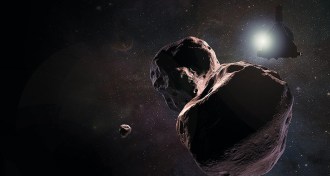 Planetary Science
Planetary ScienceNew Horizons gears up for its close encounter with Ultima Thule
On January 1, the New Horizons spacecraft will fly by Ultima Thule, the first small Kuiper Belt object ever to get a close visitor.
-
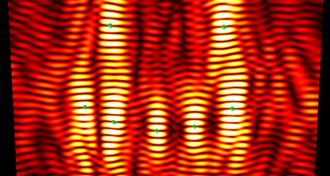 Physics
PhysicsThese sound waves can levitate and move particles in new ways
A new machine that levitates objects using sound waves can manipulate several particles at once.
-
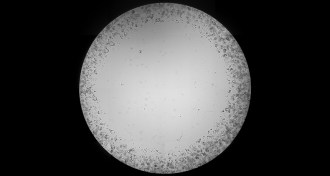 Health & Medicine
Health & MedicineTumor ‘organoids’ may speed cancer treatment
Growing mini tumors in a lab dish, researchers can screen compounds to find promising combinations for treating rare cancers.
-
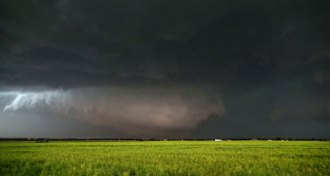 Climate
ClimateNew research may upend what we know about how tornadoes form
New data on the birth of tornadoes suggest that the twisters don’t form from the top down.
-
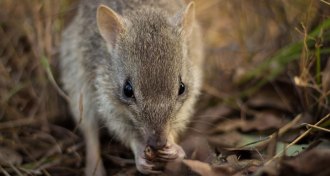 Animals
AnimalsEndangered northern bettongs aren’t picky truffle eaters
Without the northern bettong, the variety of Australia’s truffle-producing fungi could take a hit, a new study finds.
-
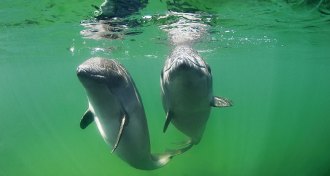 Animals
AnimalsCounting the breaths of wild porpoises reveals their revved-up metabolism
A new method tracks harbor porpoises’ breathing to collect rare information on the energy needs of the marine mammals.
By Susan Milius -
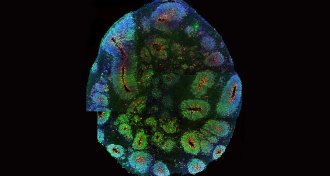 Neuroscience
NeuroscienceBig data reveals hints of how, when and where mental disorders start
The first wave of data from the PsychENCODE project holds new clues to how and when psychiatric diseases such as schizophrenia emerge.
-
 Archaeology
ArchaeologyCorn domestication took some unexpected twists and turns
A DNA study challenges the idea people fully tamed maize in Mexico before the plant spread.
By Bruce Bower -
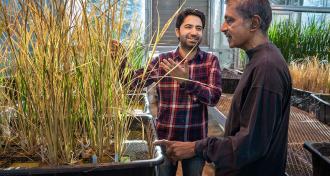 Plants
PlantsHybrid rice engineered with CRISPR can clone its seeds
New research has created self-cloning hybrid rice, raising hopes of higher food production.
By Susan Milius -
 Health & Medicine
Health & MedicineBabies born in opioid withdrawal have unusually small heads
Infants born dependent on opioids had heads that were smaller than babies whose moms didn’t use the drugs during pregnancy.